
How to Catch a Blue-Tongued Lizard. The blue-tongued lizard is the largest lizard in the skink family, growing up to 24 inches long. Native to Australia, blue-tongued lizards are a popular pet in the United States due to their shy and docile dispositions. Their wide, fat bodies and short legs give them a waddling gait. This body structure also means that, although they can run in short bursts, they are unable to move fast for an extended time. Blue-tongued lizards are easy to catch by hand in the home, but it may require a trap to catch them outdoors.

Place food on a dish in an open area. Blue-tongued lizards are omnivorous, meaning they will eat almost anything, and most can be tempted by chopped bananas or cooked chicken.
Watch the dish, waiting for the lizard to come to eat. Blue-tongued lizards are diurnal and eat during the day. If the lizard does not show up to eat during the day, dispose of the food in the evening and put out a fresh dish of food the next day.
Walk up slowly behind the lizard as it is eating. Grab the lizard with your hand, placing your hand on its back directly behind its head. A blue-tongued lizard's body and neck are so wide that it will not be able to turn its head to bite.
Pick up the lizard and place your other hand under its back legs to support its weight. Place the lizard into an appropriate enclosure.
Cover the opening of a 24-inch-long by 12-inch-wide by 12-inch-deep plastic container with plastic wrap. Use masking tape to secure the plastic wrap around the sides of the container.
Cut a slit, using a sharp knife, in the center of the plastic wrap. Cut the slit 12 inches long by 1/2 an inch wide.
Dig a hole in the ground with a shovel deep enough to bury the container so that its top is level with the ground.
Cover the plastic wrap with a light layer of leaves or dirt. Place chopped bananas or cooked chicken near the slit. When the blue-tongued lizard approaches the food, it will fall through the slit and be trapped in the container.
Check the trap twice a day. Remove any uneaten food in the evening and replace it with fresh food in the morning.
Remove the trapped lizard with your hands and place it in an appropriate enclosure.
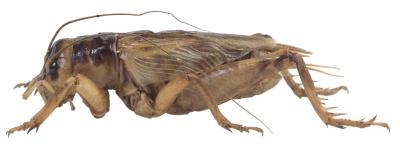 How to Breed Crickets for Lizards
How to Breed Crickets for Lizards
How
How to Breed Crickets for Lizards
How to Breed Crickets for Lizards
How
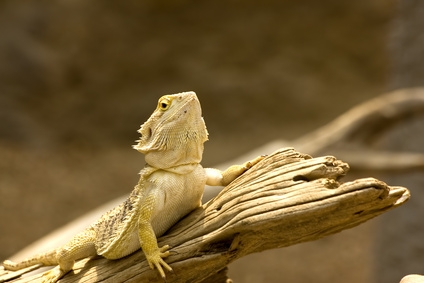 What Is the Natural Habitat of a Bearded Dragon?
What Is the Natural Habitat of a Bearded Drago
What Is the Natural Habitat of a Bearded Dragon?
What Is the Natural Habitat of a Bearded Drago
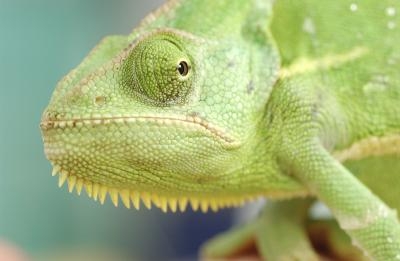 What Do Chameleons Eat?
What Do Chameleons Eat?
What Do Chamel
What Do Chameleons Eat?
What Do Chameleons Eat?
What Do Chamel
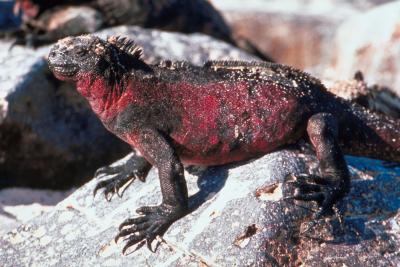 What Reptiles Eat Just Veggies?
What Reptiles Eat Just Veggies?
What R
What Reptiles Eat Just Veggies?
What Reptiles Eat Just Veggies?
What R
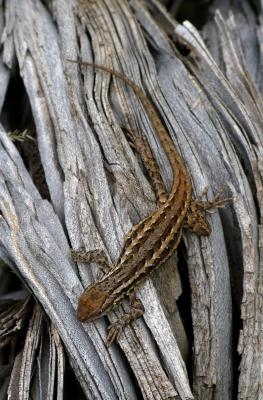 How to Trap a Small Lizard
How to Trap a Small Lizard
How to Trap
How to Trap a Small Lizard
How to Trap a Small Lizard
How to Trap
Copyright © 2005-2016 Pet Information All Rights Reserved
Contact us: www162date@outlook.com